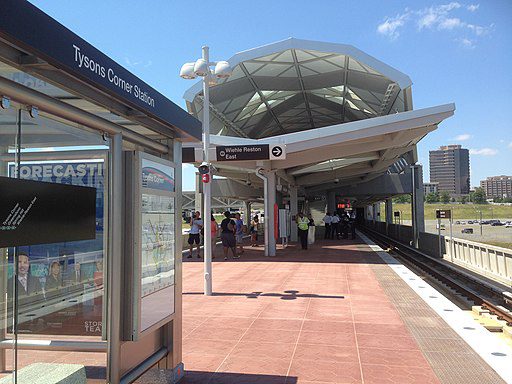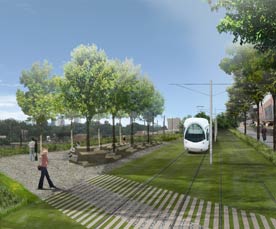In the mid 1990s, the homeownership rate began to rise for the first time in decades. Social equity advocates were encouraged by the fact that, also for the first time, it appeared that ownership for lower income buyers and buyers of color was rising even faster. Policymakers in Washington cheered the fact that this change seemed to come from private mortgage market innovation rather than increased federal spending.
Looking back, this all seems like a dream — or rather a nightmare. Rather than opening a door to economic opportunity for disadvantaged families, “innovative” mortgage products led to financial ruin for families and for our whole economy.
The foreclosure crisis has led some policymakers to call for abandoning the goal of expanding access to homeownership. Certainly ownership has been oversold, and the current crisis demands a rethinking of housing policy including greater investment in affordable rental housing. But persistent and still-growing asset inequality (itself largely a product of discrimination in earlier generations of housing policy) remains a problem with very significant consequences, one that is unlikely to go away on its own. Any serious effort to overcome persistent asset inequality will require renewed efforts to overcome barriers to homeownership.
Luckily, relaxing credit standards is not the only strategy for expanding access to homeownership. Decades of experimentation in state and local programs have shown that it is possible to invest in homeownership in smarter and more sustainable ways. A new research report from the Urban Institute suggests that local programs that provide significant purchase assistance to low-income buyers while preserving long-term affordability can offer a sustainable and scalable strategy for overcoming generational asset inequality.





Comments